The Air We Breathe: UC Davis Experts Uncover Indoor Air Challenges

WCEC presents at the IEA Heat Pump Conference on a Multi-function Heat Pump (MFHP) system that uses one outdoor unit to provide both domestic hot water (DHW) along with space cooling and heating.
Slipping Through the Cracks: How Advances in Aerosol Sealing May Hold the Key to Greater Home Energy Efficiency

Research conducted by the U.S. Department of Energy’s Office of Energy Efficiency and Renewable Energy, the Center for Energy and Environment, and the UC Davis Western Cooling Efficiency Center delves into the benefits of aerosol envelope sealing techniques for existing residential buildings.
WCEC Receives Best Paper Award from ASHRAE
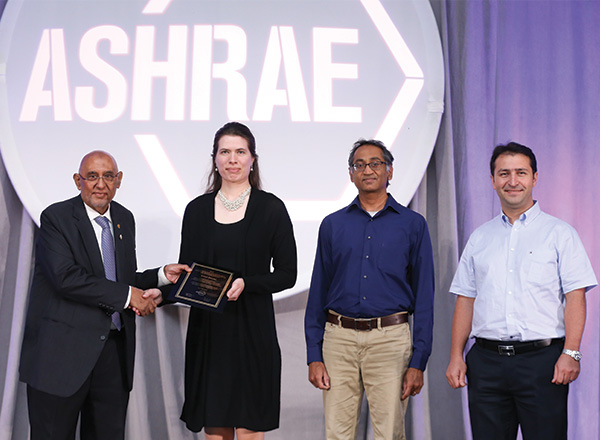
Erfan Rasouli, Emily Fricke and Vinod Narayanan were recipients of the Science and Technology for the Built Environment Best Paper Award
WCEC Engineer Presents at the IEA Heat Pump Conference
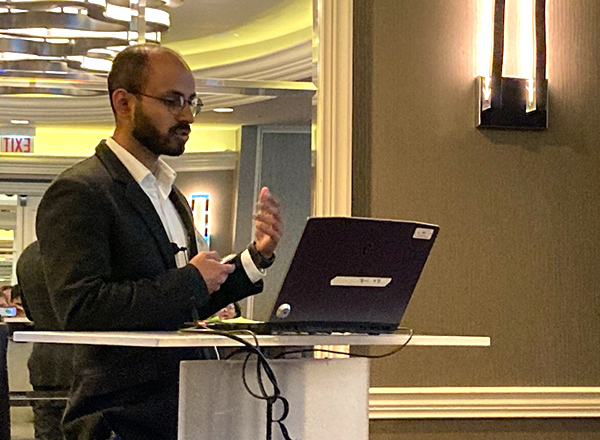
WCEC presents at the IEA Heat Pump Conference on a Multi-function Heat Pump (MFHP) system that uses one outdoor unit to provide both domestic hot water (DHW) along with space cooling and heating.
New Published Paper by WCEC that Experimentally and Numerically Characterizes the Performance of a Novel Cooling and Heat Recovery System
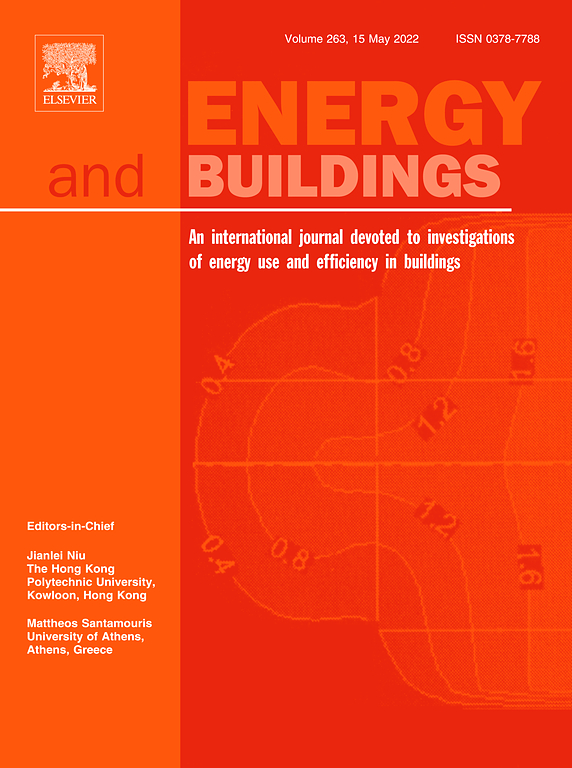
In this study a M−cycle heat and mass exchanger was used as a heat recovery ventilator (HRV) to recover energy from the exhaust air stream during winter and as an IEC during summer to cool the ventilation air.
Seeley Climate Wizard Hybrid: Packaged Roof Top Unit with Integrated Heat Pump and Indirect/Direct Evaporative Cooling
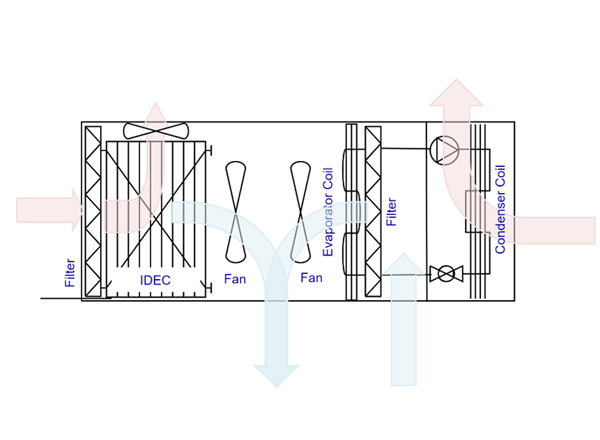
It is estimated that 75% of commercial building floor area in California is conditioned with packaged systems. The emerging technology assessed in this study is the Seeley Climate Wizard (CW) Hybrid, which is a packaged RTU that integrates a heat pump with an indirect-direct evaporative cooling (IDEC) system that is designed as a direct replacement for a traditional RTU.
Addressing Need for Low-Cost Ventilation Screening Tool in a Pandemic World
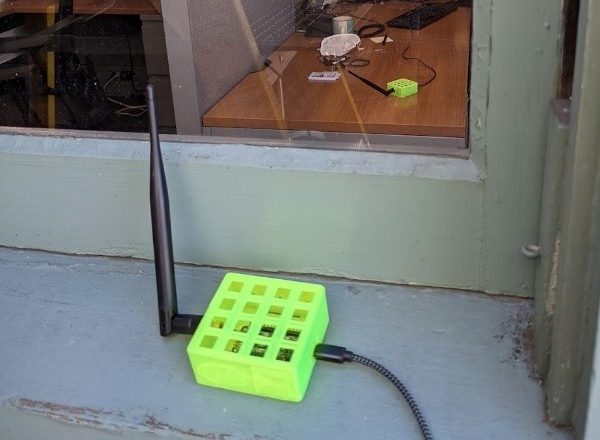
COVID-19 has permanently or temporarily altered numerous aspects of our lives. The importance of ventilation and ASHRAE recommended air changes per hour in mitigating the effects of coronavirus cannot be overstated.
Research Team Selected for $4.6 M Department of Energy Award to Advance Concentrating Solar-Thermal Power
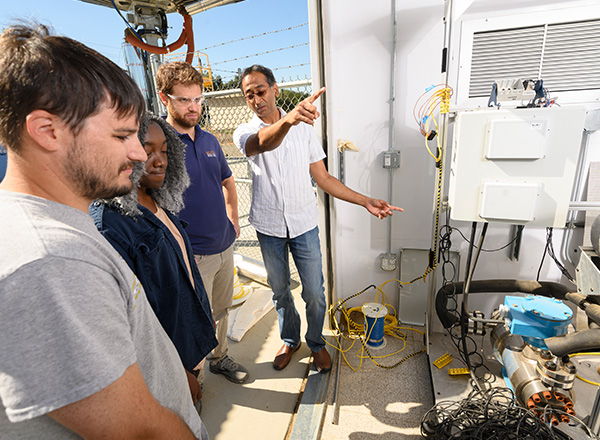
Concentrating solar-thermal power technologies can help eliminate carbon dioxide emissions from the energy sector.
A District Energy System Design Could Cut More Emissions for Proposed Davis Innovation Sustainability Campus
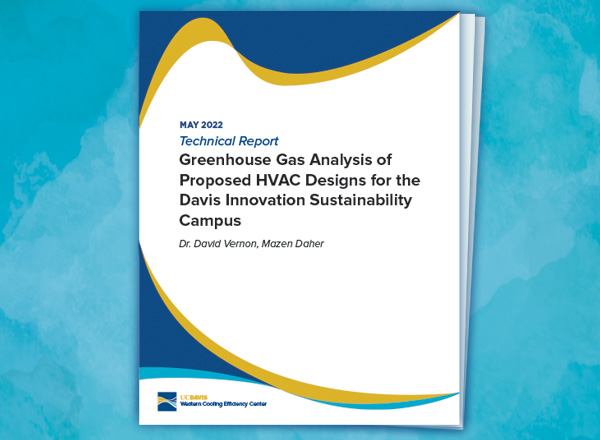
Homes and businesses use over 25 percent of California’s energy. With a number of different space heating and cooling technologies available to developers, it is important to understand and quantify potential greenhouse gas (GHG) impacts.
Market Transformation Research Group Publishes Study on Human Factors and Indoor Air Quality in Schools
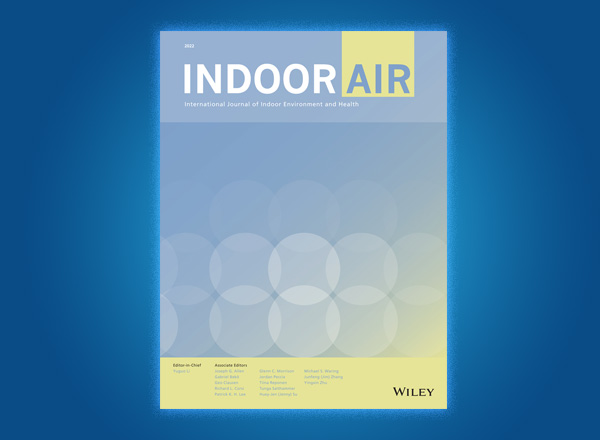
While technical solutions to ensure adequate air exchange are crucial, this research focuses on teachers’ perceptions and practices that may also have important implications for achieving a safe classroom environment

